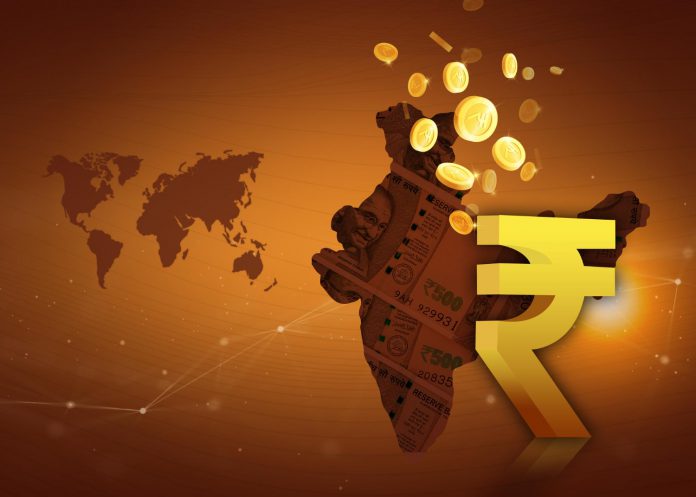Imagine walking up to the billing counter of your favourite store and handing over your debit card to the cashier. “The transaction was declined,” the cashier informs you. That’s when you realise your total bill exceeds the funds available in your account for this purchase, giving rise to a shortfall or deficit.
The government also encounters something similar each financial year, known as the fiscal deficit. A crucial element of every union budget, fiscal deficit is an indicator of the spending patterns of the government.
How Is Fiscal Deficit Calculated?
Fiscal Deficit = Total Expenditure – Total Receipts
Total expenditure includes:
- Capital expenditure – money the government spends on developing various public facilities, infrastructure, and equipment. Capital expenditure created fixed assets.
- Revenue expenditure – Other expenditures by the government such as interest payments, salaries and pensions, providing subsidies to businesses, budget allocated for various ministries.
Total receipts include:
- Revenue earned from various direct and indirect taxes, such as income tax and GST
- Non-tax revenues such as dividends earned on the profits of public companies, foreign aid, interest earned on loans fees/penalties for various services
- Non-debt capital receipts such as loans recovered, money from the sale of assets/enterprises
Receipts do not include any government borrowings from external sources as they are liabilities to be repaid in the future.
It is expressed as a percentage of the GDP — a metric to determine a country’s income — to provide a better context of the spending relative to the size of the economy. Larger the fiscal deficit, the higher the amount the government must borrow from public institutions, banks, overseas investors, and the public to meet the difference.
Key Causes of Fiscal Deficits
The total expenditure of a government exceeds its total revenue for several reasons, such as:
- Generating a lower revenue from taxes in a particular fiscal year
- Paying a higher interest on loans
- Incurring additional expenditure on account of natural disasters such as war or earthquake
- Economic recession leading to lower revenues but higher expenditures
Impact of fiscal deficit on Indian Economy
Over the past few years, India’s fiscal deficit has been significant to keep up with the changing economic landscape. For instance, it was pegged at 9.2 percent of GDP to counter the post pandemic slowdown.
Here’s how fiscal deficit affects the economy:
- Inflation: Increased borrowing by the government to meet the deficit spending leads to increased demand for goods and services. As supply doesn’t match up with the demand, price rise is a natural consequence for businesses to remain profitable.
- Higher interest rates: Theoretically, the government borrows from a common pool of savings that’s also available to private institutions and public. Such borrowing ‘crowds out’ the private borrowers, hiking the overall interest rates.
- Lower returns on deposits: to bring the interest rates down, RBI lowers the repo rate — the rate at which banks borrow money. Banks use the repo rate to determine the interest they would pay on fixed deposits. A higher fiscal deficit can lead to lower returns from FDs.
Summing up
While presenting the interim budget in February 2024, Nirmala Sitharaman pegged the fiscal deficit at 5.8 percent of India’s GDP for FY 2023-24 and 5.1 percent of GDP for FY 2024-25. As per government sources, the fiscal deficit for the FY24 is expected to outperform the budget projections.
The government also plans to achieve a fiscal deficit of 4.5% in FY 2025–26 to meet its goal under the Fiscal Responsibility & Budget Management (FRBM) Act.
Earlier this week, the RBI declared INR 2.11 trillion dividend to the government. Commentators expect the record amounts to help the new government achieve the fiscal deficit target of 5.1% for FY 2024-25.




